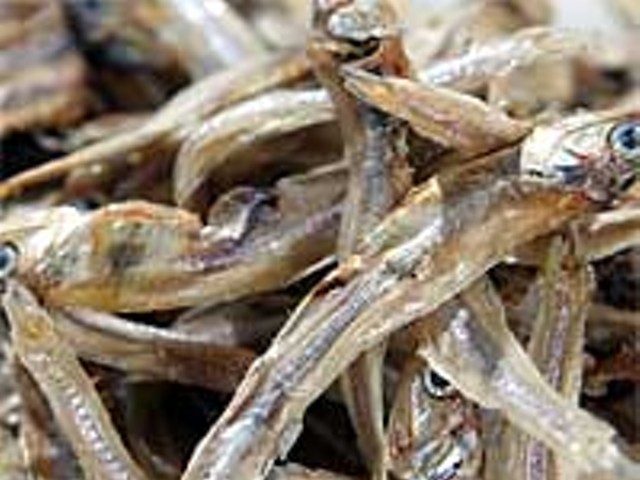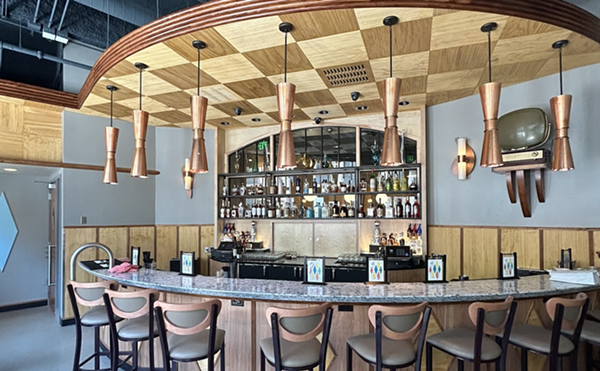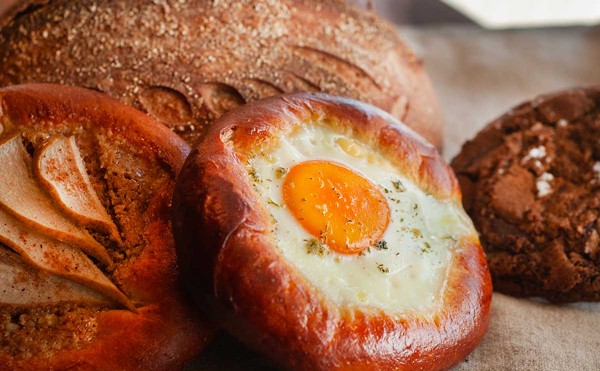You know it works. You may not know why, but you know it works.
You put it in your mouth and it immediately begins to melt in a silken flow that finds its way to the back of your tongue, and down. You find that, if you felt bad, you’re starting to feel better. If you felt good, you’re starting to feel — funny. And it’s all so calming and exciting at the same time, even the aroma alone having that effect, that you want more.
If you haven’t felt this while you’re eating chocolate, maybe you’re eating the wrong kind.
In its most basic state, chocolate — nearly unique among highly reputed aphrodisiacs — has a clinically identifiable component that elevates mood, whether from funk or freak. But the quality of the chocolate is very important in determining if you’ll rise out of that funk, or get that freak on.
Americans have long been content, and programmed, to eat mass-market chocolate that’s of low quality, but satisfies in one big way — it’s mostly sugar. Scarf, hot damn, show me the way to the next candy bar. When truly fine quality chocolate popped up here or there, we looked at the price, said fie, and turned away.
But goodness eventually shows itself, wins converts — albeit slowly in the stolid Midwest — and turns into a bona fide trend.
So there’s an increasingly broad and, to some degree, puzzling array of fine and very fine chocolates appearing in high-end food markets and even, to a lesser extent, on supermarket shelves. And they’ve been holding their places on those shelves for quite a while now, so it’s clear people are buying.
Though the bad news is that top-quality chocolate costs more, the good news is that it’s so rich in nutrients and vitamins that it’s been described by researchers as “the perfect food.” It can improve cardiovascular health; boost the immune system; contains a chemical that has the same effect on depressives as Prozac; and also contains a little something called theobromine, a mild stimulant that’s been found more effective on artificially induced coughs (smoker’s hack) than codeine, is thought to be primarily responsible for the “funny” feeling that can be a prelude to some other sensual arts, and gets the cardiac system pumping to an extent that can kill small household animals. But, for our purposes here, the most important attribute of this wonder food is that it tastes so damn good.
Cast your eyes around on the various high-quality chocolate bars in a store near you, and you’ll find that a percentage is always played up big, even if it’s not entirely clear what the percentage measures. It refers to the amount of cocoa solids in the chocolate. The mass-market stuff you’re used to contains as little as 5 percent, with the bulk of the bar being sugar and fat. Some of the most desirable chocolate on the market has 70 percent cocoa solids.
Recognizing quality chocolate is easy, but it involves all five senses:
• SNAP – Primo chocolate will snap with a clean, clear sound when broken. Break your Nestlé or Hershey bar, and it sounds like it’s being snapped under a blanket.
• AROMA – A rich, sometimes spicy scent will hang heavy on a good piece of chocolate, and positively bloom when it’s snapped.
• TEXTURE – On the surface it should be sleek and glossy. At the broken edge, it should have a visible texture somewhat like sharp flow patterns in igneous rock, some say like tree bark.
• MELT – Because quality chocolate not only contains lots of cocoa solids, it also has a high percentage of cocoa butter, which melts at much less than body temperature. So touch it; it should begin to melt immediately.
• TASTE – For the same reason, it should begin to melt immediately on your tongue, its intense flavors remaining for a pleasant time after it’s gone, and without leaving a greasy coating in your mouth. Many mass-producers take the valuable cocoa butter out of their chocolate to sell to other markets, and replace it with cheaper fats that leave a nasty slick behind.
Some of the more familiar labels on high-end chocolate are Scharffen Berger from San Francisco, which is going head-to-head with top European producers and is emerging as a peer; French-made Valrhona, especially its dark Guanaja; Lindt, from Switzerland; and Callebaut, the widely and highly regarded Belgian chocolate that hard-headed buffalo will always insist is by far superior to anything French-made.
Many fancy chocolates are flavored with fruit flavors, herbs and spices. In a very informal tasting in the Metro Times offices, it was clear only that good chocolate, like most anything, is a matter of taste — and black pepper doesn’t belong in it.
Plenty of information on chocolate is to be found online, one of the best sites being cookbook author Sarah Phillips’ baking911.com.
Ignore the obvious snob appeal of top chocolate and whatever social or political ramifications that might have.
Just stop, put a small square on your tongue and taste. You’ll know, right now, that it works.
Ric Bohy is editor of Metro Times. Send comments to [email protected]




